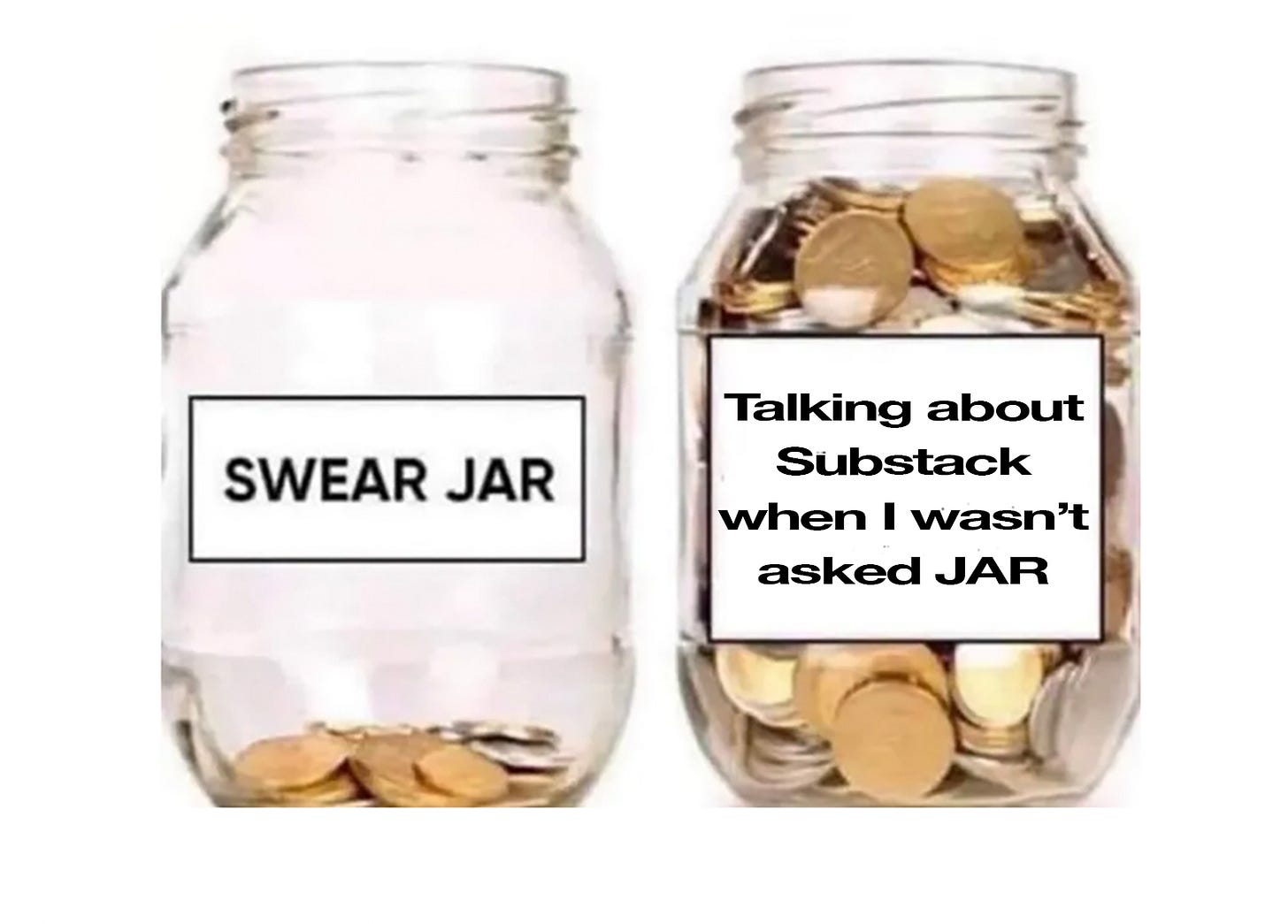ENTER: Boost Memory: have you ever forgotten what you read last week, or even yesterday?
So do readers so it is important to understand the “Forgetting Curve”
The ravages of the forgetting curve: most people forget 90% of what they’ve learned just a few hours after learning it. This phenomenon is known as the forgetting curve. As it turns out, newsletters are a great mechanism for learning since they are naturally a form of spaced repetition, a powerful learning process we associate with flash cards.
Not only do readers forget what they’ve read, they forget where they read it.
In other words, they forget you and the post you worked so hard to craft for them. Fortunately, as you show up in their email inbox week after week, they will start to remember who you are and what message you’re bringing.
Think about the last time you read something that excited you a lot. One day you meet a friend for coffee and one fragment of your conversation might go something like this:
You: I’ve been reading this newsletter about creativity and how repetition can put us in a state of mindfulness and stimulate more creativity.
Your friend: That sounds interesting … I’d love to see the newsletter … who’s the author?
You: Uh … I can’t remember her name … she writes on Substack and it’s … it’s … I don’t know … I’ll have to see if I can find it.
(In case you want to read the guest post that prompted this imaginary conversation, click here. )
There are ways to overcome the memory deficits that come with our outsourcing of our memory power to our over-stimulated, information-glutted technology world, but first, a story.
I’m a terrified public speaker, but life called me into that lane kicking and screaming. Fortunately, I made great PowerPoint which became my crutch … until Argentina. An incredible businessman in Argentina put on a creativity conference for business people and hired a bunch of us to come to Argentina for a fair fee which included an interesting stipulation: we had to agree to do a one-hour presentation to teachers.
Fine, I thought, I’ll just switch out my story to one of my favorites … the story of Foxfire, a back-to-the-earth magazine publishing phenomenon that began in the 60s and is still being published today. It began in North Georgia when a new teacher ran into a brick wall of uninterested students. He finally stopped trying all his newly-learned techniques and asked the kids what they wanted to do. When they said they wanted to write a magazine about all the old-time crafts they heard about from their parents and grandparents, he shepherded a grand experiment that set the publishing world on fire.
Anyway, I thought the story might resonate with the teachers of Argentina, so I dutifully scripted it into my PowerPoint with appropriate images and prompts for the speech. (It really was good PowerPoint.) And, off I went to Argentina only to learn that there would be 6,000 teachers in the equivalent of a county fair cow barn. With simultaneous translation.
First glitch: my PowerPoint was in English. The second glitch came the day before my speech and cancelled the first glitch: there would be no big screens that would let the people in the back see the slides anyway. Basically, no PowerPoint. No crutch.
I was on my own with nothing but a story. The story saved the day and at the end, teachers lined up to to share their own stories. I think that meant the speech was a success, but I’ll never know because I couldn’t understand what they were saying since they were speaking in Spanish.
And the point? If you want readers to remember what you write and tell their friends about you, tell them stories … meaningful stories.
1. Make a bigger attention hit. Keywords: YOU and stories. We remember what’s important to us and we retain stories. If you tell your readers that you started your first Substack when you were 3, they might remember that story (although they would probably doubt your veracity.)
2. Humor. You probably remember at least part of point 1.
3. Trainer’s motto: Tell ‘em what you’re gonna tell ‘em; tell ‘em’; and tell ‘em what you told them. People remember beginnings and endings more than middles. Prop up the middles with repetition, graphics, stories, and reminders.
4. Personal example: People remember people more than things. Tell people that you love banana splits and they’ll remember that more than the date of a great battle.
5. Interweave. Build on a pattern. Relate something new to something familiar. Weave something in from a previous post; add 2 related posts at the end of a post (with a brief reminder of what they were about).
6. Never go for 6 things. The brain gets full easily … used to be that we could hold 7 things in our brains … in today’s overfull world, 4 might be safer.
Take aways:
First and last paragraphs are the most remembered segments of your posts … use them wisely. Try to avoid starting either of those paragraphs with “I.”
Subheads that summarize your main points are powerful memory boosters.
Tell stories that incorporate your lessons … especially personal stories if you can find a way to link the to your message.
This quote from Mary Catherine Bateson changed my professional life and I think it’s relevant to what we’re doing here on Substack:


